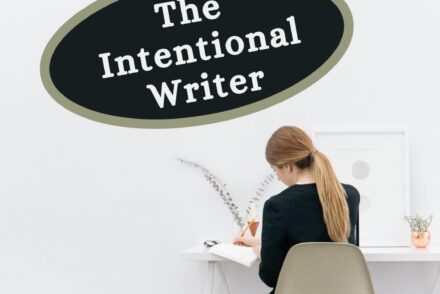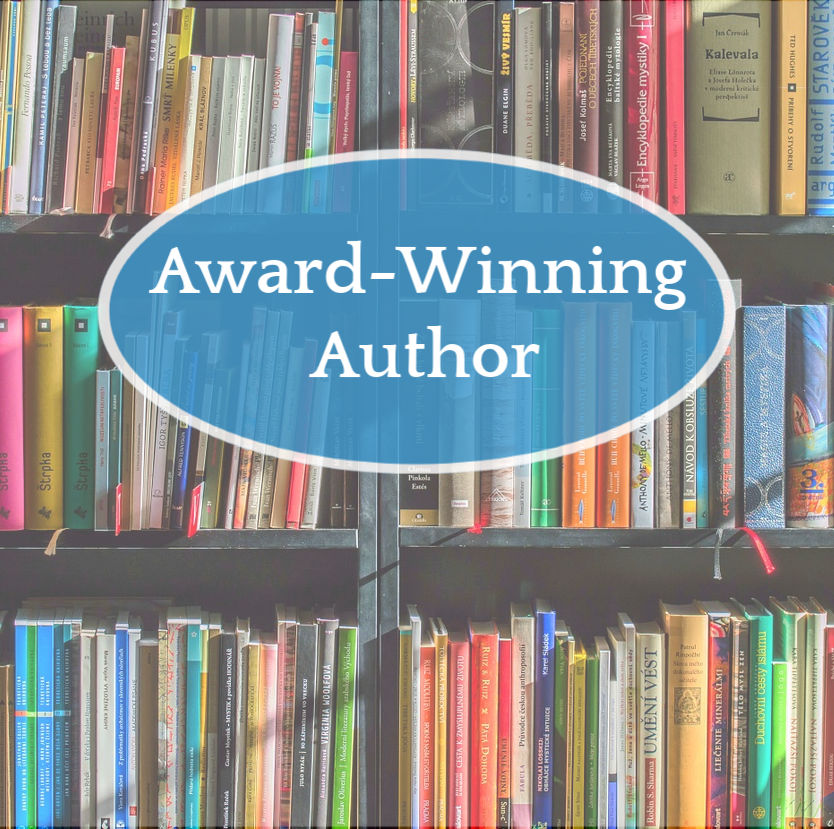
Are You Managing Your Personal Brand?
Did you know you had a personal brand? It’s not just for writers or entertainers or politicians. Every person…
December 23, 2023
Did you know you had a personal brand? It’s not just for writers or entertainers or politicians. Every person…
December 23, 2023
If you hope to pitch a book to a publisher, especially a non-fiction book, you will need to write…
November 24, 2023
Authors need to grow their platform. Authors want to sell books. One thing the marketing experts usually agree on…
September 24, 2023
When I sat down to write my first mystery, I knew I needed a guide. I’d written a few…
July 24, 2023
When I began learning how to write a novel, the word outline brought to mind dreaded high school assignments.…
June 24, 2023
We writers are good with words, but we may not be so good with images. For those of us…
May 24, 2023
As writers, we want to grab our reader’s attention from the very first sentence and keep them reading to…
April 24, 2023
Do you struggle to find the right words to describe your characters’ emotions? I certainly do. Description and portraying…
March 24, 2023
If you’re like me, you often feel overwhelmed by all the things an author should do to succeed. Social…
February 24, 2023
All writers suffer with creative blocks from time to time. You may not find yourself staring at a blank…
January 24, 2023
As the year draws to a close, it’s a good idea to prepare for the year ahead. This post…
December 22, 2022
Experts continue to tell writers that their email list is one of the best ways to turn followers into…
November 24, 2022
When I’m considering a travel destination, a purchase, or even a new recipe to try, I usually read reviews…
October 24, 2022
Can you share a little about your recent book? My newest award-winning mystery is Fountains and Secrets. Here’s the…
October 1, 2022
We want to be responsible, professional writers, but there are so many little details to remember. Here are some…
September 24, 2022
You hear it at every writers’ conference—Platform Is Important! Long before you have a book published, you need to…
August 24, 2022
Writers of all levels know the importance of continuing to learn new skills, refine writing skills, and challenge themselves.…
July 24, 2022
Do you feel guilty because you can’t crank out two thousand words every morning like your writer friends? Have…
June 24, 2022
“How do I write dialogue to show an accent or dialect?” I’ve often heard this question discussed at writing…
May 24, 2022
So many things can hinder our writing. Our lives are filled with distractions and competing commitments, while our inner…
April 24, 2022
A homepage is like the lobby of your personal office building. When a visitor arrives at an office lobby,…
March 24, 2022
A press kit may sound like something that only celebrities and big-time authors need, but that’s not true. Everyone…
February 24, 2022
I’m excited to share my new release, Fountains and Secrets, with my Almost an Author family, along with a…
January 24, 2022
I’ve been blogging for over seven years and in that time I’ve learned a lot about how to be…
December 24, 2021
Board books have extra thick coated pages that small hands can turn and chewing babies can sink their teeth…
December 8, 2021